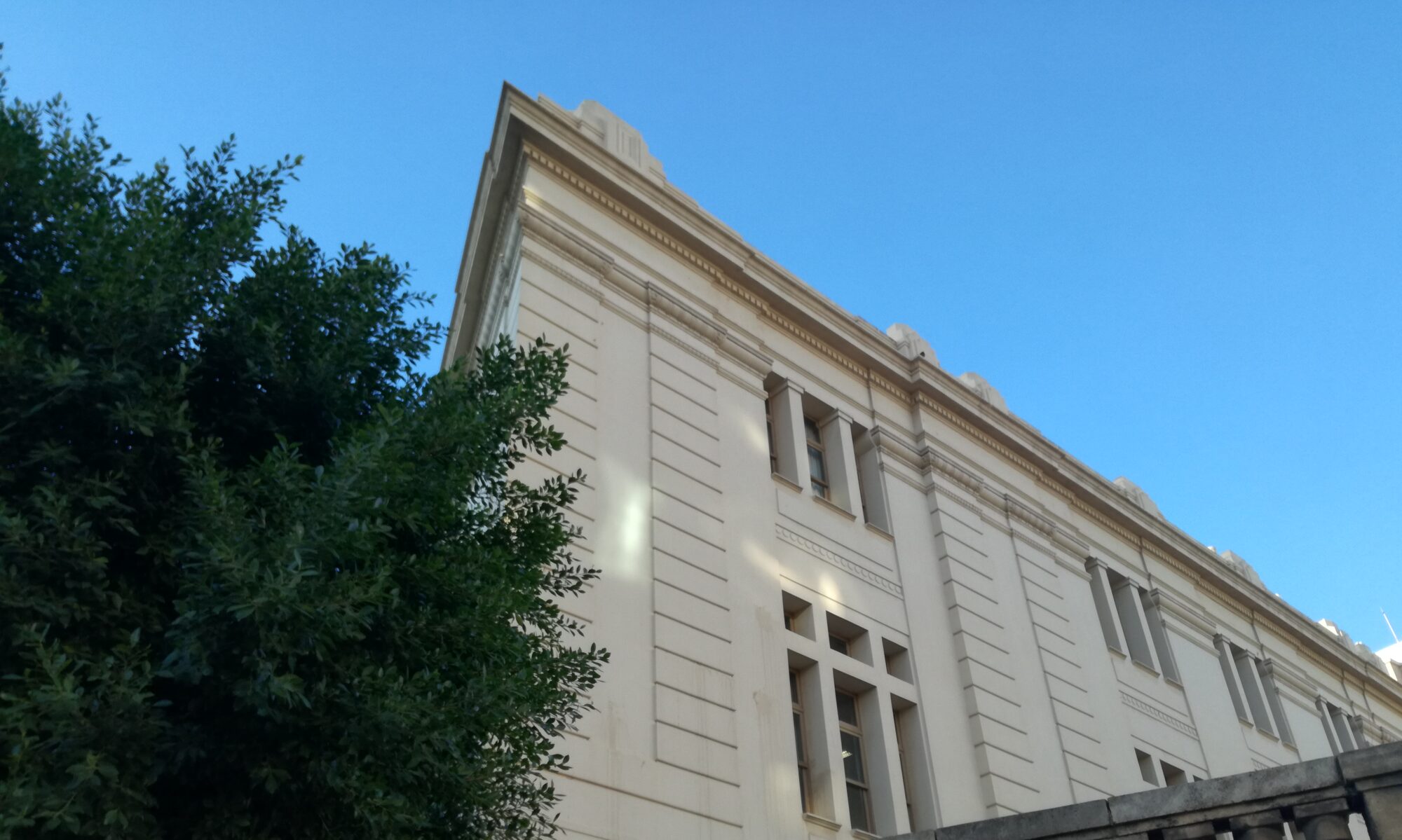Erasmus Programme (May 2019)
We have just received the visit of 15 students and their teachers from Latvia, Slovakia and Poland who have participated with 15 students from our school in an interchange programme called Erasmus . During two years, these students have had the chance to know different places, cultures and people in Europe in a project which uses the learning of Maths through Sports. 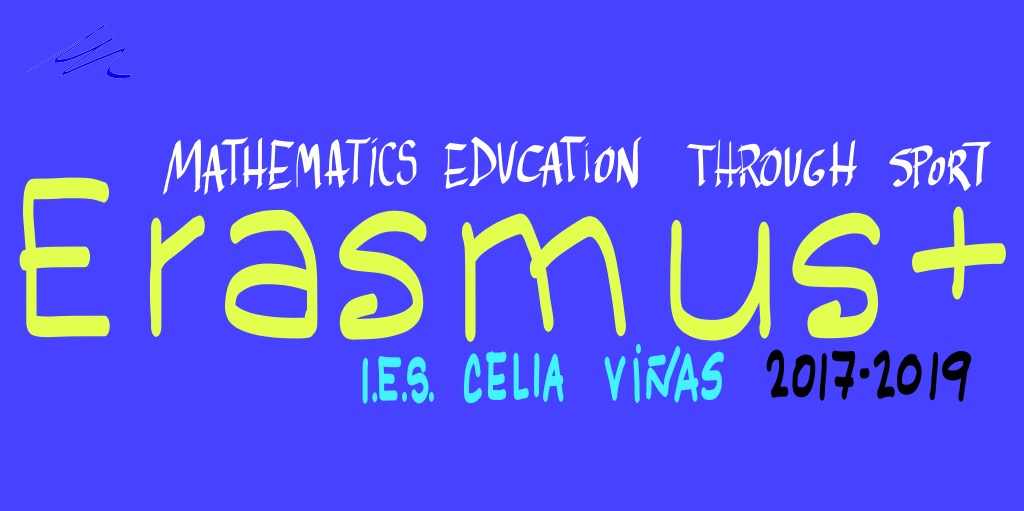
The activities in Spain were focused on Disability and Sports (Gymkhana, Sitting Volleyball, Students´ Exhitions and Presentations,etc.) . The foreign students have been hosted by Spanish families and they have visited our city, Granada and our Natural Park. We are really glad to have been participants in this European programme and we hope we will share an experience like this soon.
Pick English up with films
Remember, one of the best ways to enjoy learning a new language is watching films. Why don´t you start watching one of your favourite films again, but …in English?. Harry Potter, The Beauty and the Beast, Avengers, Matilda, The Lord of the Rings,etc.
Let´s try!
All content from The Lord of the Rings is property of New Line Cinema and is not intended for commercial use.
Is this the best a man can get?
Middle Ages
From the 8th to 12th April , Celia Viñas bilingual school turned into a medieval court where our 2ESO students experienced how life was in Middle Ages. They attended to different workshops (Calligraphy organized by the Latin Department, Alchemy by the Chemistry Department, Soap and Candle Making by the Natural Science Department and the History of Information from medieval copists to 3-D printing made by the Computer Department) and two exhibitions (stained glass and sheet music) by the Arts and Music Departments. On the 12th, there were films, medieval games and a homage ceremony(organized by the Physical Education, History and English Departments) .
We really enjoyed all the performances and had a great time thanks to the collaboration among students and teachers.
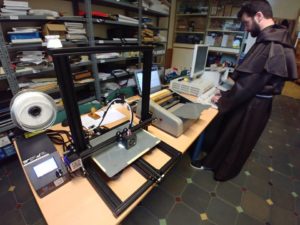
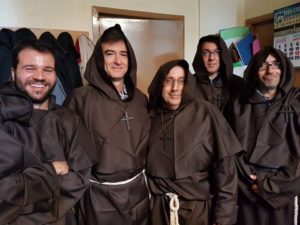
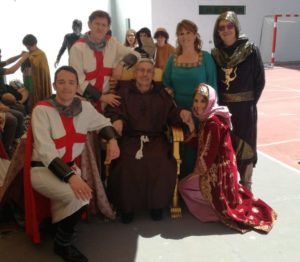
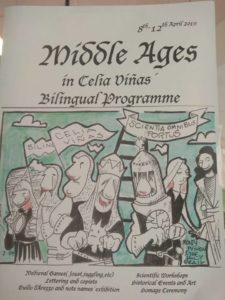
Travel to York (March2019)

From 17th to 24 April ,a group of 35 ESO students stayed in York to attend classes and visit some of the most beautiful places in England. They lived with English host families to learn about their culture and practise their language. They also had time to visit York Minster, Liverpool and Scarbrough.

A great experience we would like to have again in the future.
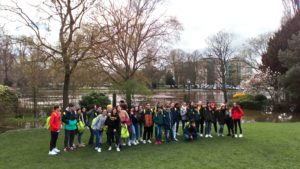

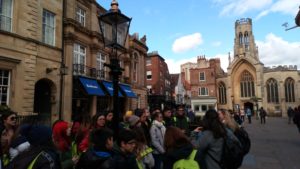
Spanish Women in Literature
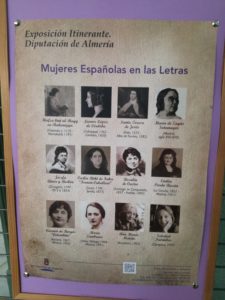
Our 2º ESO students have been reading about all the writers in the exhibition about Spanish women in Literature which took place in Celia Viñas and they have summed up facts about some of these relevant women.
MARÍA ZAMBRANO
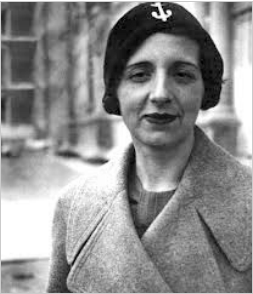
María Zambrano (Vélez , Málaga 1904 – Madrid 1991).
She got a degree in phylosophy and letters and she got married with Alfonso Rodríguez Aldave.She went to Chile when the Civil War started. She escaped to different countries and she wrote “La agonía de Europa” (in 1945) and “El hombre y lo divino” (in 1960) among others.
She came back to Spain in 1984 and four years later, she got the Cervantes Prize (in 1988).
Ana Hidalgo López , Lucía Cabo López and Luna Martín Rubio
SANTA TERESA DE JESÚS

Santa Teresa de Jesús (Ávila, 1515 – Alba de Tormes, 1582) wrote “Libro de la Vida” (1562). There, she created a new form of women’s writing. In 1574, she sent to the Inquisitión her last version of her book “Libro de la Vida” to be examined. Writing was a dangerous job at that time.
Finally, she died on October 4, 1582. Now she is considered doctor of the Catholic Church and she was canonized on March 12, 1622.
(Lucía Ortega Martín, Claudia Manzano Estévez and Fatou Niang Diouf)
EMILIA PARDO BAZÁN

Emilia Pardo Bazán (La Coruña 1852.Madrid 1921) is a relevant representation of writers of her generation. Her most important works were “La cuestión palpitante” (1883) and “La revolución y la novela de Rusia” (1889). She also wrote a study about women and she founded “The Woman´s Library”. She wanted to bring culture to women.
(Lucía Merino,Lucía Arenas, Gema Martinez and Rebeca Martinez)
TO SUM UP UNIT 5.
International Women’s Day

This image by Cuca Canals sums up the equality between women and men.
Group work, music and others
One of the features of our bilingual programme is that we are looking forward to trying new teaching methods to help our students to get a high level of English.
